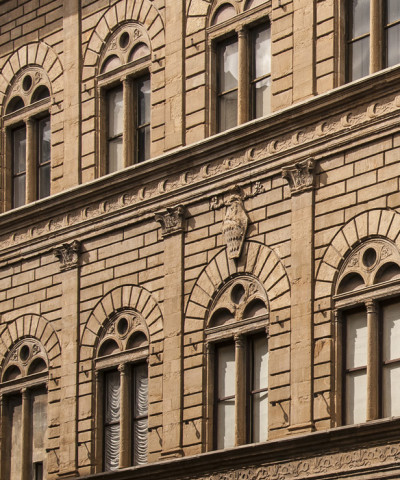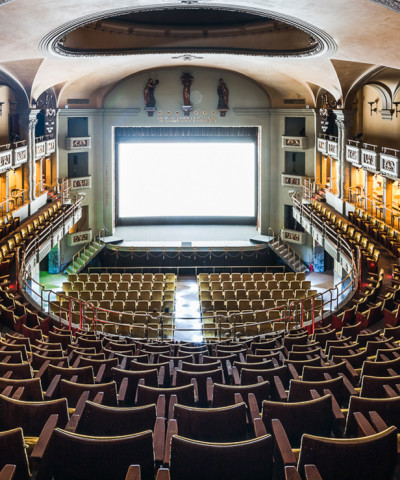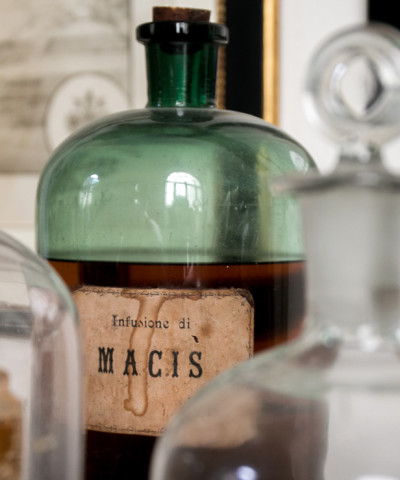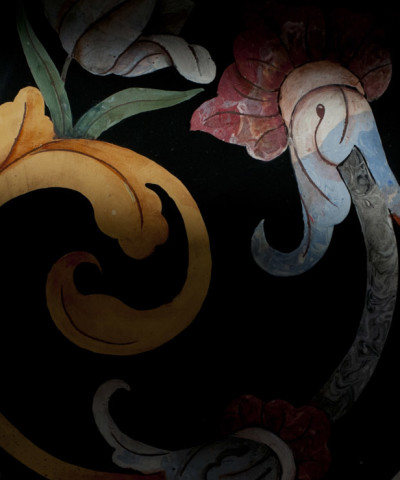Villa Bardini
- Costa San Giorgio, 2
- 055 2638599
Villa Bardini now hosts temporary exhibits, but it is also home to the Roberto Capucci Museum (with a permanent exhibit dedicated to a series of his clothing-sculptures created for the 1995 Venice Biennale) and the Pietro Annigoni Museum (with a selection of the most important works by the famous “painter of queens”). It was created in the middle of the 17th century on a pre-existing medieval structure. After changing hands several times, it was purchased by antique dealer Stefano Bardini at the beginning of the 20th century and significant changes were then made. Upon his death, the property was handed down to his son who died without heirs in 1965. His legacy was meant to go to the Swiss Confederation, which refused it, so it then passed to the Italian Government. In 1998 the Villa was entrusted to the Florence Ente Cassa di Risparmio, which restored it and opened it to the public in 2005 (the garden) and 2007 (the villa). The historic garden (p. 200), one of the prettiest in the country, is four hectares large and has a Baroque staircase that lets visitors admire a magnificent panorama of the historic centre among roses, irises, hydrangeas, and an outdoor theatre located in the lower part. The villa is also home to the Bardini and Peyron Monumental Park Foundation (comprised of the Florence CR Foundation for caring for the Bardini Complex) and the Tuscany Horticulture Society. The entry to Villa Bardini is at Costa San Giorgio number 2. It is also possible to access the Villa from via dei Bardi, 1r taking a suggestive stroll along the Garden.













